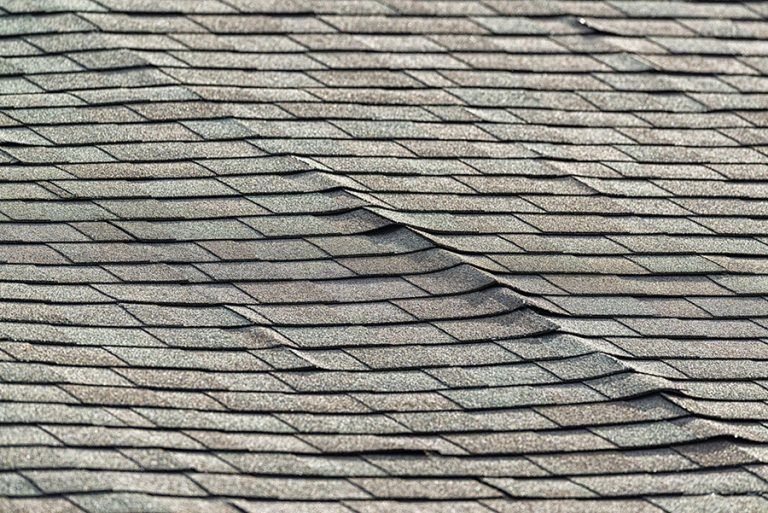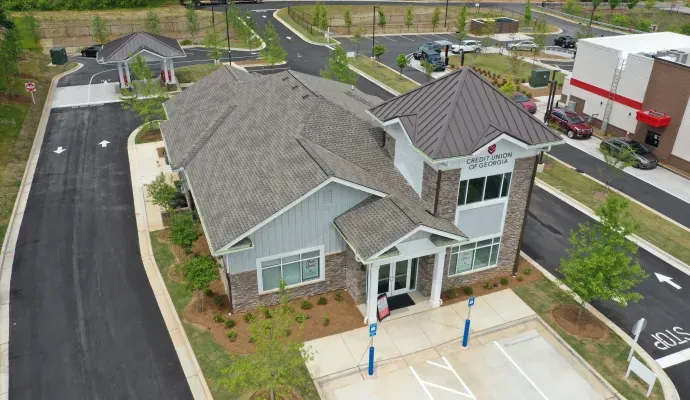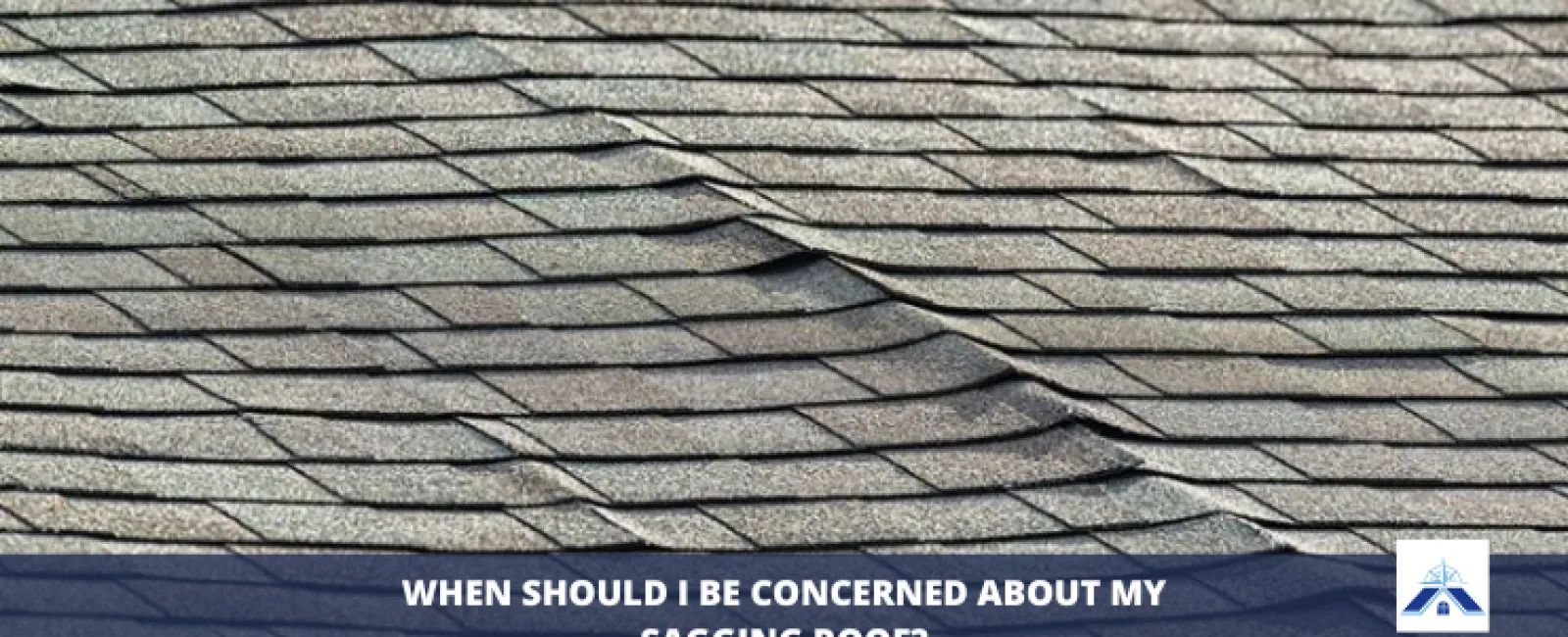Your home's roof protects you and your household from things like sun, rain, wind, and everything in between. But if your roof is sagging, chances are you're a little concerned about it. Roofing isn't supposed to sag, but a sagging roof doesn't always mean an impending collapse.
If you notice a sag in your roof, it's time to call a professional. The pros at Northpoint Roofing Systems will walk you through the ins and outs of a sagging roof. Just keep reading.
What is a Sagging Roof?
A sagging roof is identifiable when the roof has a curved or wavy appearance. Sagging roofs are commonly seen with roofs that haven't been cared for or replaced in a long time. If your roof hasn't been maintained in years, its structure will gradually deteriorate over time. Older homes with outdated roof designs also tend to run into this issue.
How Much Roof Sag Is Acceptable?
Any amount of roof sag is bad. While roof sagging doesn't automatically mean danger, neglecting the issue will only compound into other issues in the future. In addition, a sagging roof is rather unsightly.
Causes of a Sagging Roof
A sagging roof can be caused by a multitude of factors during the lifespan of a roof. Here's what might be causing your roof to sag:
- Water Damage. Your roof is designed to combat water damage. When it isn't sufficiently distributing water like it's supposed to, the presence of excess moisture can lead to water damage issues. That excess moisture can cause the roof's sheathing to become rotted or decayed, leading to a sagging roof. The best way to prevent roof water damage is to make sure the roof's sheathing system is properly installed and is in good shape for the future.
- Excess Weight. You know what they say—everything in moderation. Even though a roof is meant to withstand higher amounts of weight, excessive weight can lead to stress and structural damage. When this is the case, the consequences of excess weight can lead to a sagging roof in short order.

It's important to clear off elements like accumulating snow or ice, otherwise the roof's structure will potentially weaken. To avoid any shingle damage, use a plastic roof rake to remove snow and ice. We recommend avoiding excess weight on the roof and clearing off ice and snow as soon as possible.
- Age. Like many other home components, age ends up being a common source of issues. When a roof gets up in age, its structure can begin to break down and lead to sagging. The best way to help prevent this is to keep up with routine maintenance.
- Damage. Roof damage can result from a wide range of factors like weather, excess weight, neglect, and more. Any type or amount of damage can lead to a sagging roof.
- Poor Design, Materials, Or Workmanship. Sometimes a roof simply isn't installed correctly. Choosing a reliable and trusted roofing contractor is crucial to avoid a roof that is poorly designed with less than satisfactory workmanship. Wrong-sized rafters don't allow for proper bracing, which creates vulnerability in the walls, eventually leading to a sag.
Choose Northpoint Roofing Systems to avoid these possibilities.
How Can I Tell If My Roof Is Sagging?
Due to the sloping nature of roofing, it can be difficult to tell whether or not a roof is sagging. Follow these steps to tell if your roof is sagging:
- Look at your roof from a distance. Stand back at a distance to see if the roof has any dips or sagging.
- Check your gutters. Check to see if the gutters are pulling away from the roof. This can be a sign that the roof is sagging.
- Look for visible deformities. A sagging roof usually means the presence of visual deformities like dips in the ridgeline. Keep an eye out for these.
- Check for damage or cracks. If you spot damage or cracks, this can also mean that the roofing is sagging.

Can You Fix a Sagging Roof?
The good news is that in most cases, a sagging roof can be fixed. Once an inspection has been done to determine the cause of the sagging, repairs can be made. Here are some examples of potential repairs:
- Jacking up the roof to support it while repairs are made
- The replacement of damaged or rotted wood
- Adding additional support to the roof
- Repairing or replacing gutters
- Fixing shingle damage
- Roof replacement, depending on the extent of damage
How to Prevent Roof Sag
To best avoid a sagging roof, put these tips into practice:
- Keep Your Gutters Clean: Gutters are designed to keep water away from your roof and out of your home. Keeping your gutters clean will allow them to do their job so the possibility of water damage doesn't become a reality.
- Replace Your Roof: When It's Reached the End of Life When your roof has reached the end of its lifespan, don't put replacement off any longer than you have to. Keeping an aging roof around will only create more issues, like sagging.
- Avoid Overloading Your Roof: Avoid overloading your roof with heavy materials, and equipment, and keep ice and snow from building up. Any amount of excess weight will put stress on your roof and structure, potentially causing roof sag.
- Perform Regular Inspections and Maintenance: Regular inspections and maintenance are the best ways to prevent roof sag and keep your roof in great condition. This way, the roof's condition will stay intact year-round and improve its overall functionality and lifespan.
Call Northpoint Roofing Systems for All of Your Roofing Needs
Is your roof sagging? Call Northpoint Roofing Systems today at (678) 329-9138 for a roof inspection and repairs. Not only can Northpoint Roofing Systems get you the expert roofing repairs you need, but other services like maintenance will keep your roof in better condition for longer.

